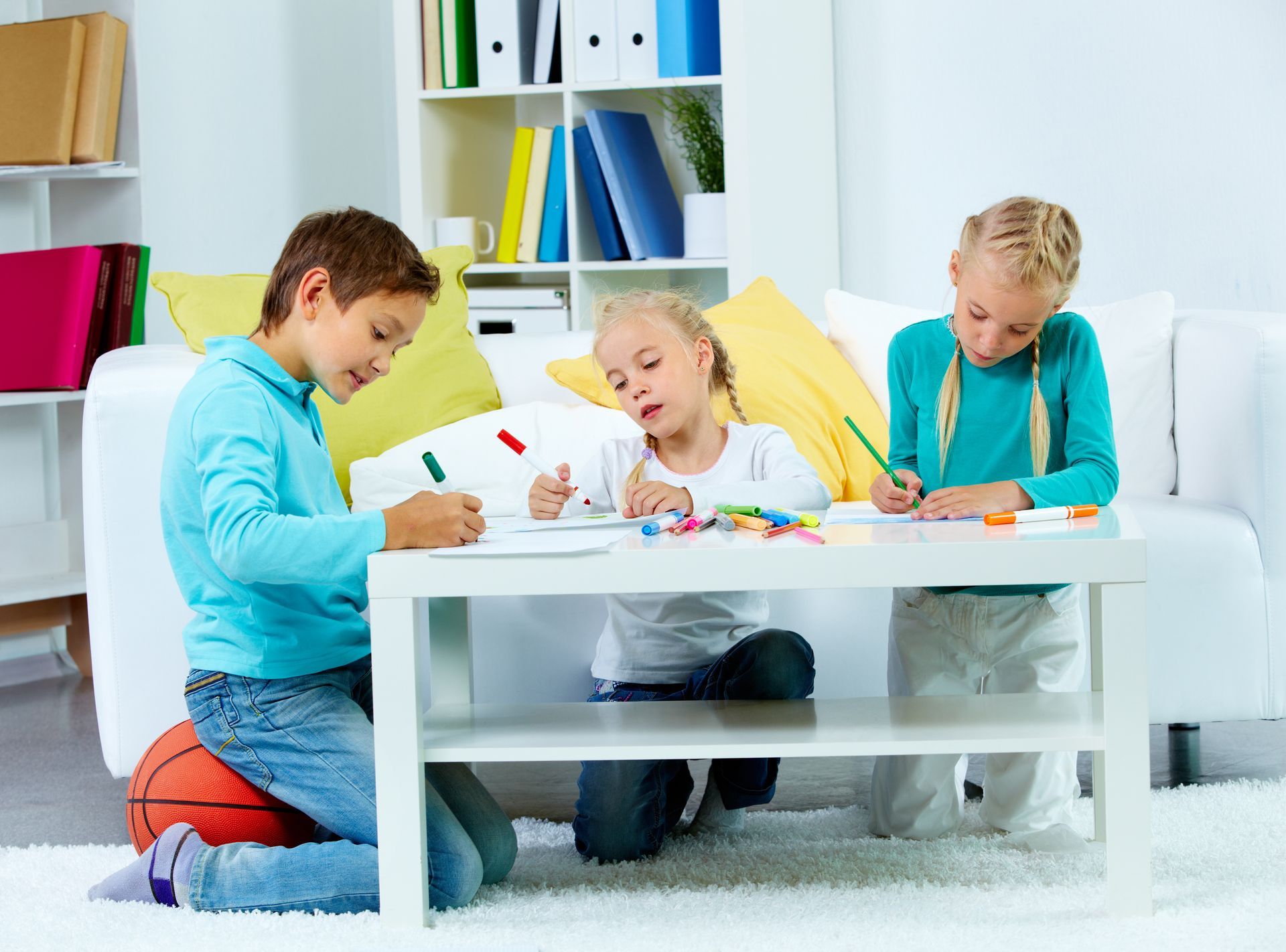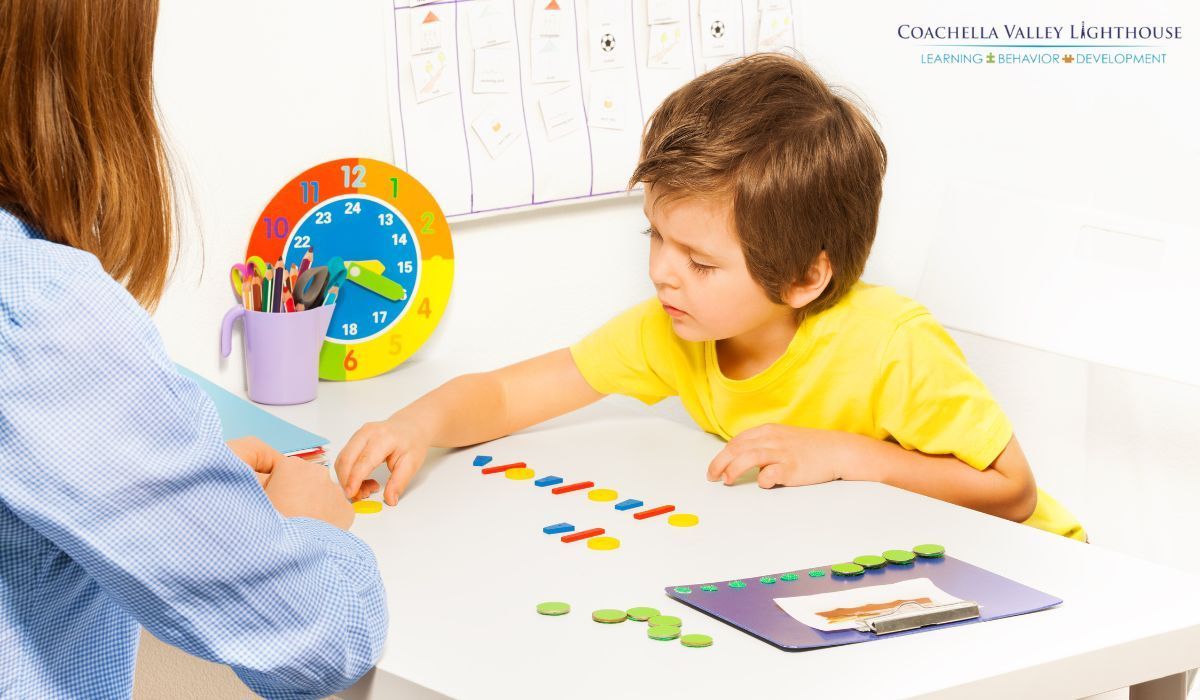7 Surprising Benefits of ABA Therapy for Kids You Need to Know
Every child is unique, and so are their needs and challenges.
For children with autism spectrum disorder (ASD),
Applied Behavior Analysis (ABA) therapy has emerged as a groundbreaking approach to improving their lives.
ABA therapy is a widely recognized and effective method for helping autistic children develop essential life skills, reduce problem behaviors, and enhance their overall quality of life.
In this article, we will explore seven surprising benefits of ABA therapy for kids with autism, shedding light on how this evidence-based intervention can make a significant difference in their lives and the lives of their families.
Improved Communication Skills
One of the most significant challenges for children with autism is often their difficulty with communication.
ABA therapy improves a child's communication skills by breaking down language into smaller, manageable components.
This helps children learn to express themselves more effectively, whether through spoken language, sign language, or augmentative and alternative communication (AAC) systems.
ABA therapists use various techniques, such as modeling and reinforcement, to encourage and teach verbal and non-verbal communication.
Children learn to request items or express their needs, feelings, and thoughts, resulting in reduced frustration and improved relationships with their caregivers and peers.
Enhancing Social Interactions
Many children with autism struggle with social interactions, making it challenging for them to form and maintain friendships.
ABA therapy helps children learn essential social skills by focusing on understanding social cues, sharing, taking turns, and responding appropriately in various social situations.
Through structured and repetitive teaching, ABA therapists create opportunities for children to practice these skills.
This leads to improved peer relationships, making it easier for them to engage with others, form friendships, and participate in group activities.
Reducing Problem Behaviors
Challenging behaviors, such as tantrums, aggression, and self-injury, can be particularly distressing for children with autism and their families.
ABA therapy offers a practical approach to addressing and reducing these problem behaviors by identifying their underlying causes and implementing strategies to replace them with more appropriate responses.
Behavior analysts conduct functional assessments to determine the reasons behind challenging behaviors and develop individualized behavior intervention plans.
By reinforcing positive behaviors and teaching appropriate alternatives, ABA therapy helps children manage their emotions and reactions, leading to a more peaceful and harmonious family life.
Encouraging Independence
Independence is a critical aspect of a child's development, but it can be challenging for children with autism.
ABA therapy empowers children by teaching them essential life skills, such as self-care, daily routines, and academic tasks.
Through structured teaching and positive reinforcement, children gain the confidence and ability to carry out these activities independently.
Independence not only fosters self-esteem but also reduces the burden on caregivers and helps children with autism lead more fulfilling lives as they grow into adulthood.
ABA therapy equips them with the skills necessary for greater autonomy and participation in society.
Enhancing Academic Achievement
Success in school is a significant concern for children with autism, and ABA therapy plays a pivotal role in improving their academic performance.
By breaking down complex academic tasks into smaller, manageable steps, ABA therapists help children grasp critical concepts and develop the skills required to excel in the classroom.
Individualized education plans (IEPs) are often created to address each child's unique needs, ensuring they receive the appropriate support and accommodations.
ABA therapy helps children with autism thrive academically, bridging the gap between their capabilities and the demands of the school environment.
Building Self-Regulation Skills
Children with autism often struggle with self-regulation, which can manifest as difficulty managing their emotions and reactions.
ABA therapy equips children with the tools to self-regulate effectively, promoting emotional control and adaptability in various situations.
ABA therapists work on teaching children coping strategies and recognizing emotional triggers, helping them navigate the complexities of daily life with more confidence.
As a result, children with autism can better handle stress, frustration, and anxiety, leading to improved emotional well-being and a higher quality of life.
Enhancing Family Well-Being
The benefits of ABA therapy extend beyond the child with autism and also positively impact their families.
When children receive ABA therapy, it often leads to a reduction in stress, anxiety, and frustration for parents and caregivers.
As children with autism develop essential skills and become more independent, the entire family experiences a higher quality of life.
ABA therapy often includes parent training, empowering caregivers with the knowledge and skills to support their child's progress, and reinforce positive behaviors at home.
This collaborative approach strengthens the family unit, fosters a more supportive environment, and enhances the overall well-being of everyone involved.
Conclusion
ABA therapy has revolutionized the way we approach the treatment and support of children with autism.
Its evidence-based methods have yielded remarkable results, offering numerous surprising benefits for autistic kids and their families.
From improving communication and social skills to reducing problem behaviors and enhancing academic achievement, ABA therapy equips children with the tools they need to thrive.
Moreover, it fosters independence, self-regulation, and emotional well-being, leading to a higher quality of life for autistic children and their families.
While ABA therapy is not a one-size-fits-all solution, it remains a powerful and practical approach to help children with autism unlock their full potential and lead fulfilling lives.
By focusing on individualized support and structured interventions, ABA therapy paves the way for a brighter future for children with autism, one step at a time.
To learn more about ABA therapy and how it can benefit your child,
contact us.
Our team of experts is here to provide you with the information and support you need to make the best choices for your child's development and well-being.
Conclusion
What is ABA therapy, and how does it work?
ABA therapy, or Applied Behavior Analysis therapy, is a structured and evidence-based approach focusing on understanding and changing behavior. It involves breaking down tasks into smaller steps, offering positive reinforcement, and using data-driven techniques to teach and reinforce desired behaviors.
Is ABA therapy effective for all children with autism?
ABA therapy is highly individualized, and its effectiveness varies from child to child. It can benefit many children with autism, but the success of the treatment depends on the child's unique needs, strengths, and challenges.
How long does ABA therapy typically last?
The duration of ABA therapy varies based on the child's needs and goals. It can range from a few months to several years. ABA therapists assess progress regularly and adjust the treatment plan as necessary.
Are there any side effects of ABA therapy?
ABA therapy is generally considered safe and has minimal side effects. However, some children may experience frustration or anxiety during the treatment. Therapists and caregivers need to monitor a child's emotional well-being and make adjustments as needed.
Is ABA therapy only for young children with autism?
ABA therapy can be effective for individuals of all ages, not just young children. It is often tailored to meet the specific needs and goals of the individual, regardless of their age.
Can ABA therapy help with challenging behaviors like aggression or self-injury?
Yes, ABA therapy can be highly effective in addressing and reducing challenging behaviors. Behavior analysts conduct assessments to identify the causes of these behaviors and develop tailored behavior intervention plans to replace them with more appropriate responses.
How can parents or caregivers get involved in ABA therapy?
Parents and caregivers play a crucial role in ABA therapy. They often receive training to support the child's progress at home and reinforce the skills learned during therapy sessions. Collaboration between therapists and caregivers is essential for success.
Does insurance cover ABA therapy?
Many insurance plans cover ABA therapy, but coverage can vary depending on the insurance provider and state regulations. It's essential to check with your insurance company to understand the specifics of your coverage.
Are there any alternative therapies for children with autism?
While ABA therapy is widely recognized, there are other therapies and interventions available, such as speech therapy and occupational therapy.The treatment choice should be based on the child's unique needs and goals and caregivers should look for treatments that are well researched and evidence-based practices.
How can I find a qualified ABA therapist for my child?
To find a qualified ABA therapist, you can start by contacting autism support organizations, local clinics, or schools. Additionally, you can seek recommendations from healthcare professionals and other parents who have experience with ABA therapy. It's essential to choose a therapist who is credentialed and experienced in working with children with autism.
What is the role of a Board Certified Behavior Analyst (BCBA) in ABA therapy?
BCBA is a highly trained professional who oversees ABA therapy programs. They design and supervise individualized treatment plans, conduct assessments, analyze data, and train ABA therapists and caregivers to ensure the therapy's effectiveness.
Can ABA therapy be delivered in different settings, such as school or home?
Yes, ABA therapy can be provided in various settings to accommodate a child's needs and goals. It can be delivered in schools, clinics, or at home, depending on the individualized treatment plan and the child's requirements.
How can I track the progress of my child's ABA therapy?
Tracking progress in ABA therapy involves data collection and regular assessments. Your child's ABA therapist will use data to measure progress and make necessary adjustments to the treatment plan. You can discuss progress updates with the therapist and receive feedback on your child's development during scheduled meetings.











